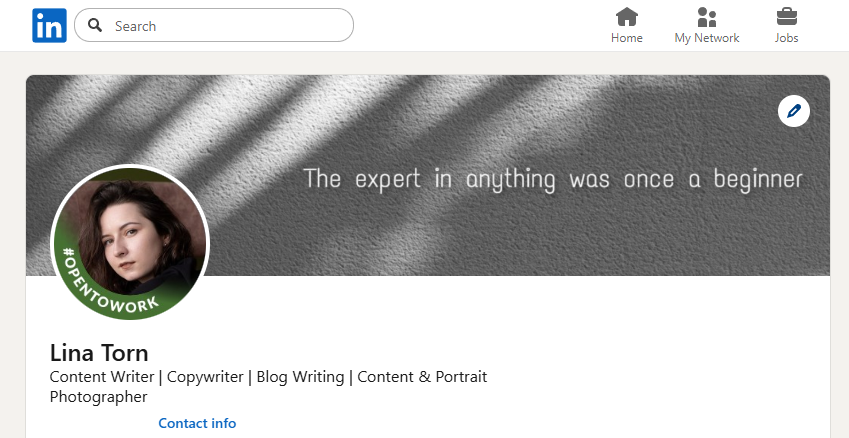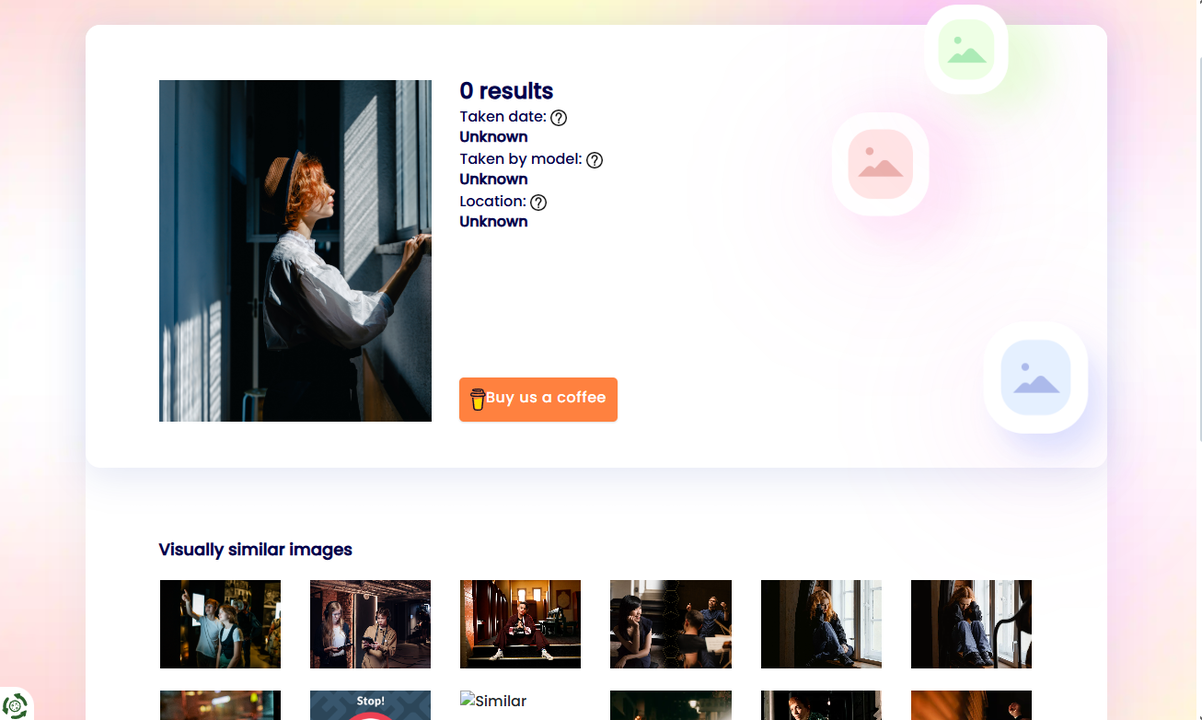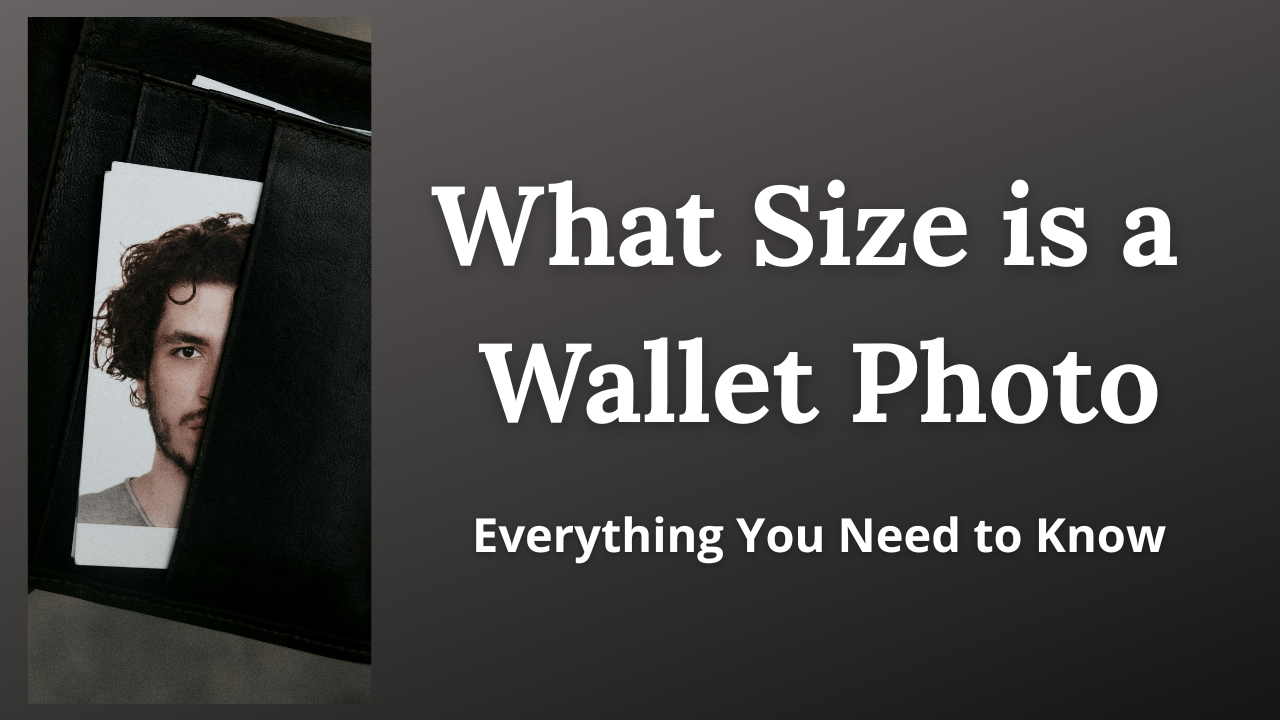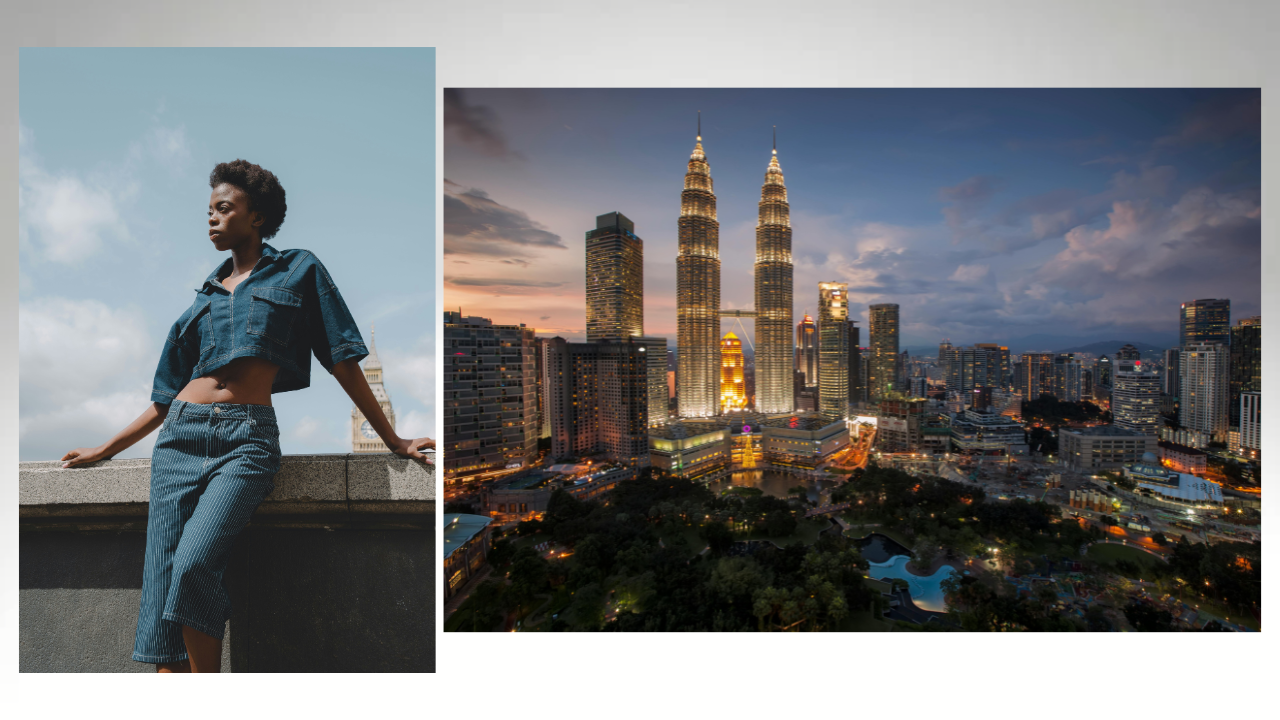In this day and age, it’s not particularly challenging or complicated to create synthetic content that looks realistic. We have lots of consumer-friendly AI tools to thank for that. But as a result, it’s getting increasingly difficult to determine whether we can or cannot trust what we see online. And that’s the problem that needs to be solved as soon as possible.
In today’s digital world, it takes just a few clicks to copy and share an image. While some people give proper credit, others shamelessly violate copyright laws by stealing photos without permission. For this reason, it’s a must for photographers, artists, and content creators to protect all the work they share online and claim their rights. But how can you check if your photo has been stolen? And what can you do about it?
You might be under the impression that it doesn’t really matter whether you choose to frame your shot using the portrait or landscape orientation. But that couldn’t be further from the truth. Because it actually influences the storytelling, the perception of the main subject, and the emotional impact quite significantly. Keep in mind that photography is kind of an art of illusion. You are responsible for what’s included into the frame and what’s not. Choosing the right orientation can help you provide the necessary context and evoke exactly the emotions that you want.
 Visual Watermark
Visual Watermark by
by 




